Best Timing for Waterproofing Projects
Waterproofing is a critical process to protect structures from water intrusion and damage. The optimal timing for waterproofing projects depends on various factors including climate, weather conditions, and the specific area being treated. Proper planning ensures the longevity and effectiveness of waterproofing applications.
Spring offers moderate temperatures and increased moisture, making it suitable for waterproofing before heavy rainfall.
Warm and dry summer months are ideal for waterproofing, allowing materials to cure properly without interference from rain.
Late fall provides cooler temperatures and less humidity, suitable for preparing structures ahead of winter.
Winter waterproofing is generally avoided due to freezing temperatures that hinder application and curing processes.

Ways to make Waterproofings work in tight or awkward layouts.
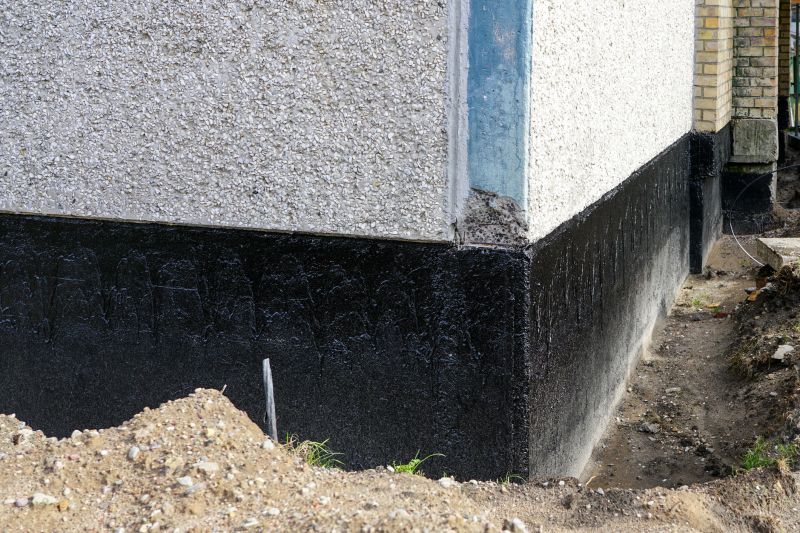
Popular materials for Waterproofings and why they hold up over time.
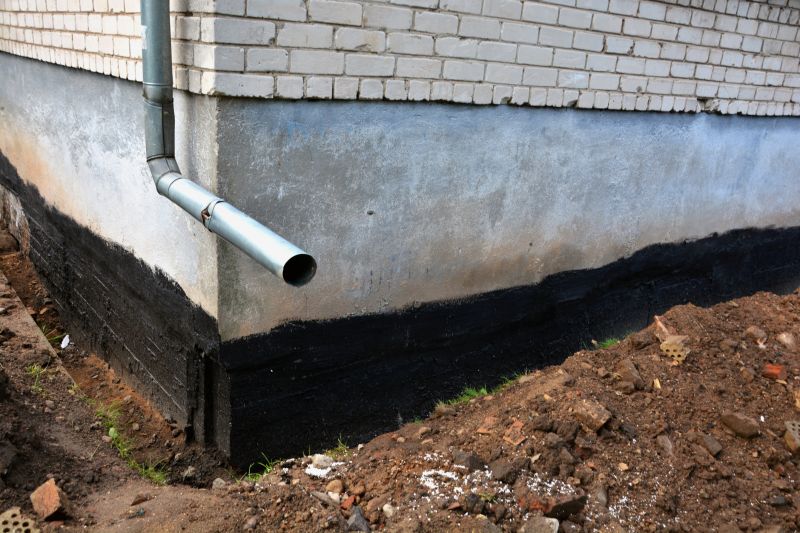
Simple add-ons that improve Waterproofings without blowing the budget.
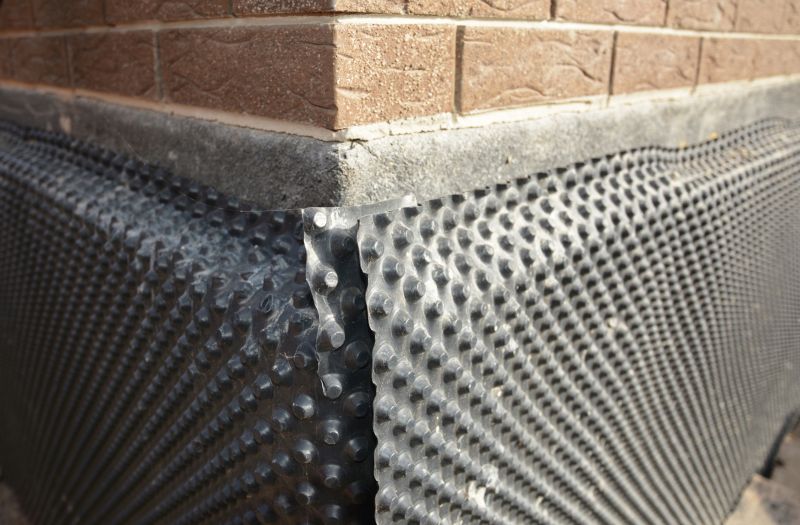
High-end options that actually feel worth it for Waterproofings.
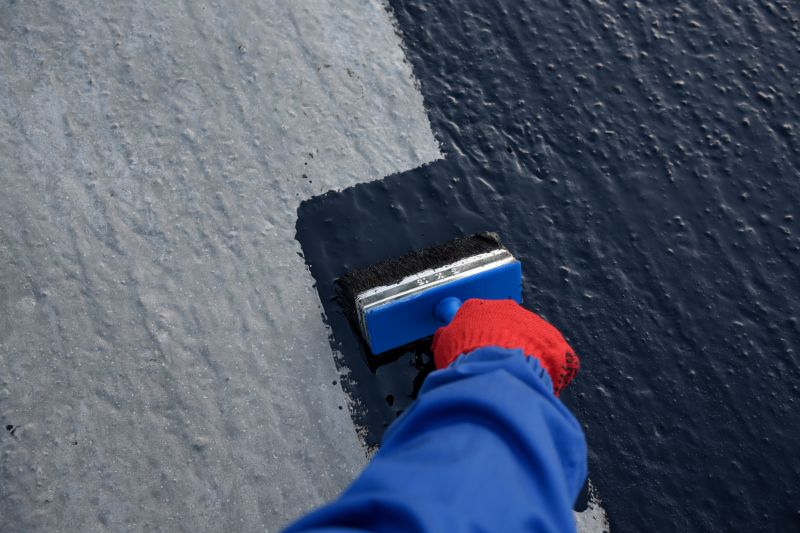
Finishes and colors that play nicely with Waterproofings.
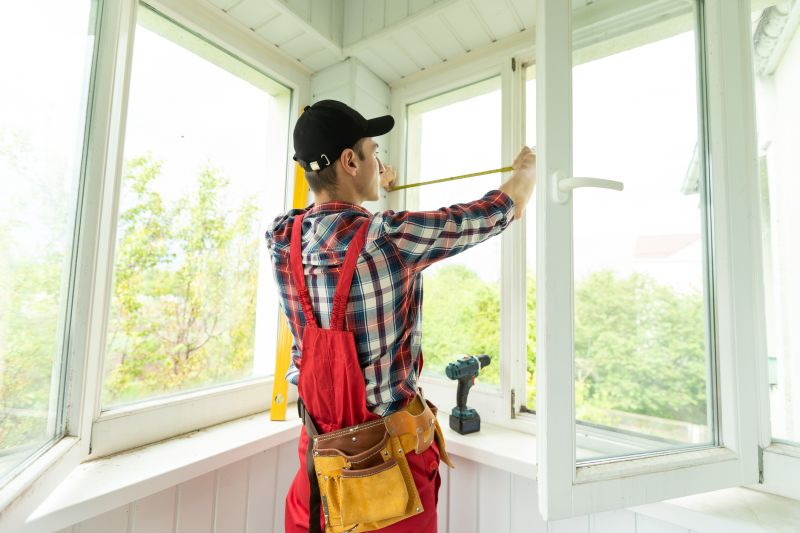
Little measurements that prevent headaches on Waterproofings day.
Waterproofings play a vital role in maintaining the structural integrity of buildings and surfaces. They prevent water infiltration that can cause mold, deterioration, and costly repairs. Different waterproofing methods are suited for various applications, including basement sealing, roof coatings, and foundation protection. Proper timing enhances the durability and effectiveness of these systems, making seasonal considerations essential for successful implementation.
| Season | Ideal Conditions |
|---|---|
| Spring | Moderate temperatures, increased moisture, before heavy rains |
| Summer | Warm, dry weather, optimal for curing |
| Fall | Cooler temperatures, less humidity, before winter |
| Winter | Freezing temperatures, generally unsuitable for application |
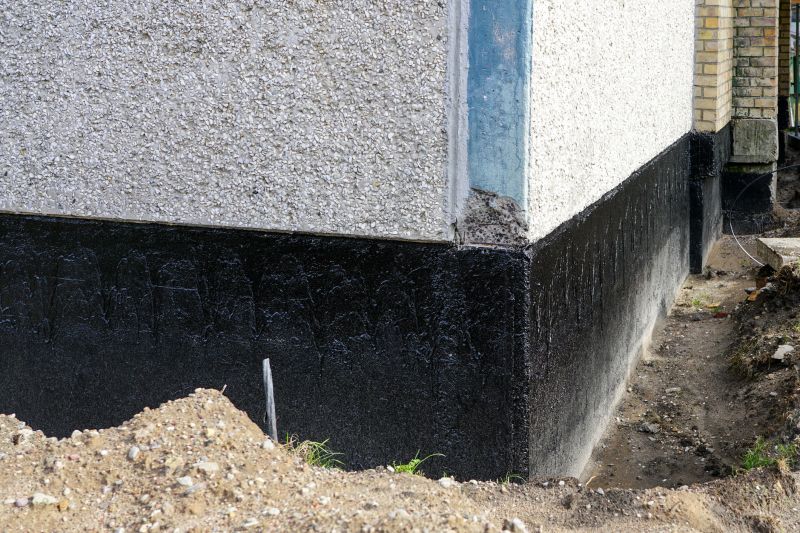
A 60-second routine that keeps Waterproofings looking new.
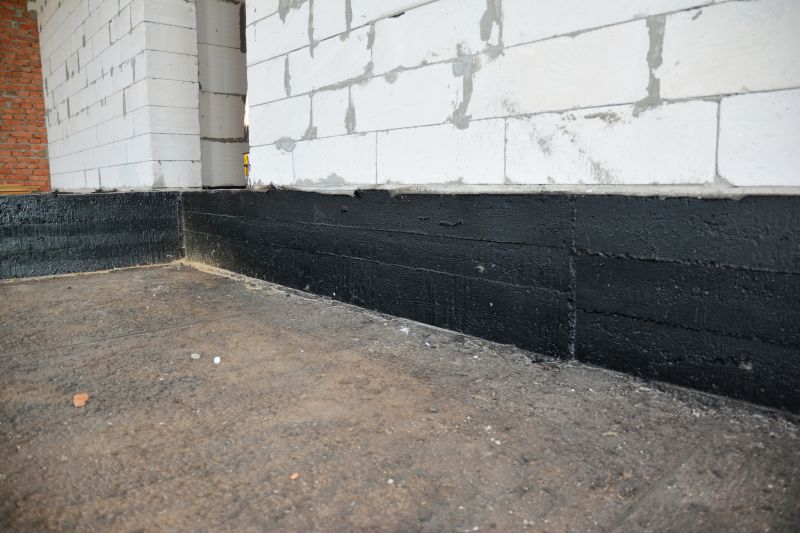
A frequent mistake in Waterproofings and how to dodge it.
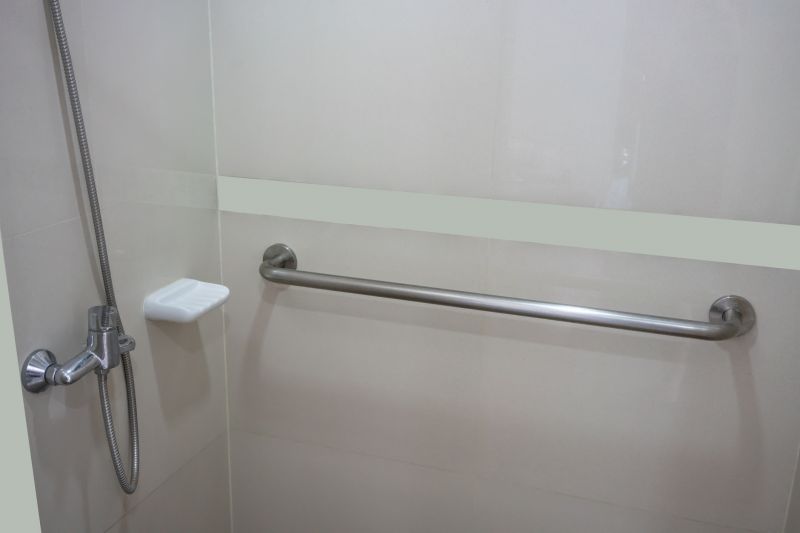
Small tweaks to make Waterproofings safer and easier to use.
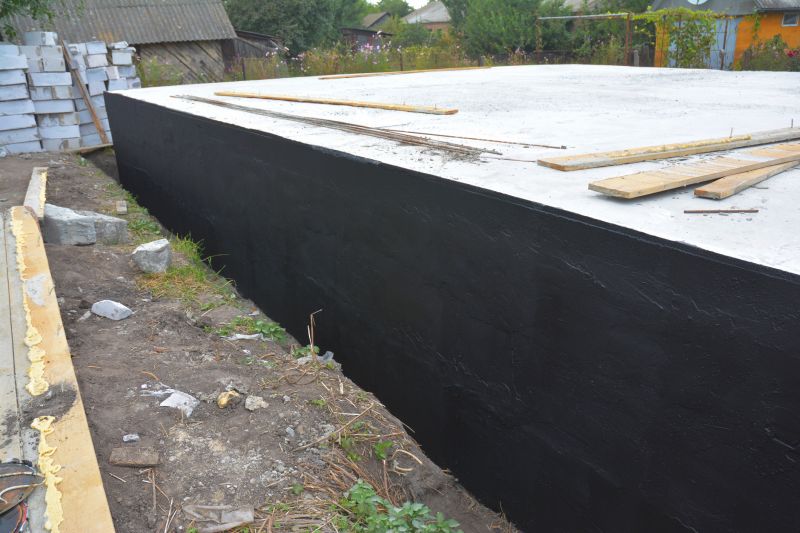
Lower-waste or water-saving choices for Waterproofings.
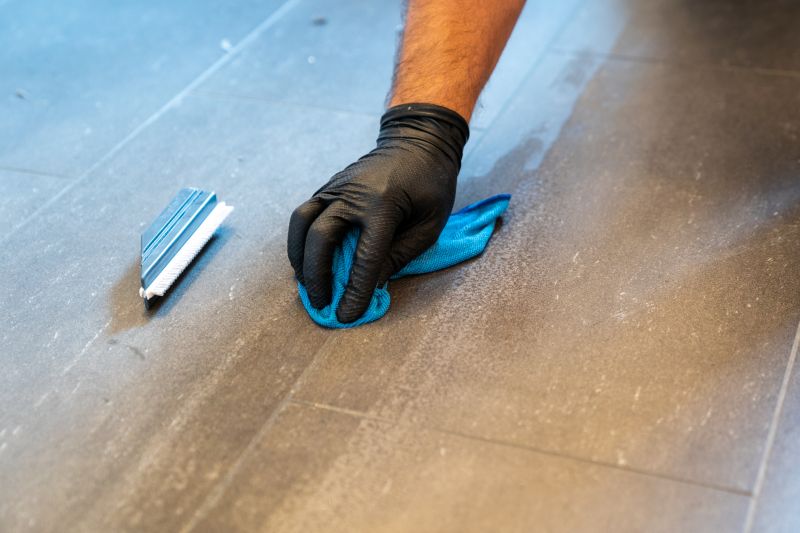
The short, realistic tool list for quality Waterproofings.
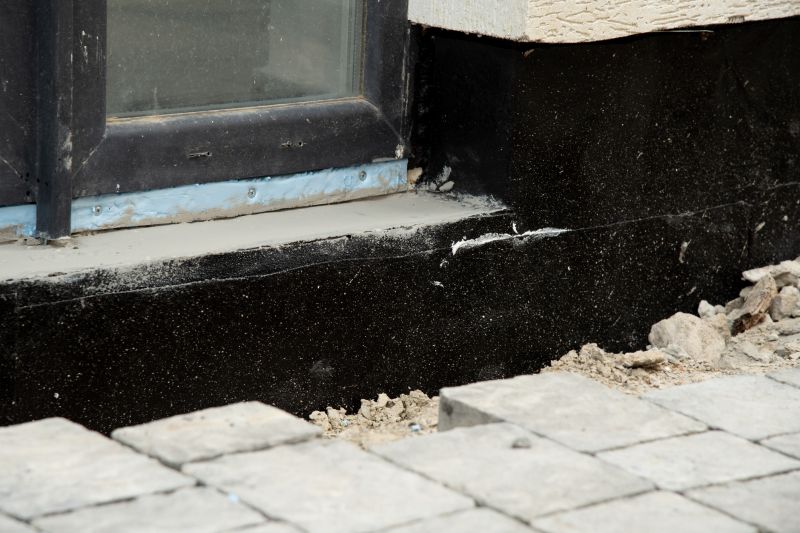
Rough timing from prep to clean-up for Waterproofings.
Understanding the best timing for waterproofing can significantly extend the lifespan of structures and reduce maintenance costs. Proper application during suitable weather conditions ensures materials adhere correctly and cure properly, resulting in more effective water resistance. Consulting with waterproofing specialists can provide tailored advice based on local climate and specific project needs.
Those interested in waterproofing services are encouraged to contact for more information. Filling out the contact form provides an opportunity to discuss project specifics and schedule work during the most appropriate season for optimal results.

